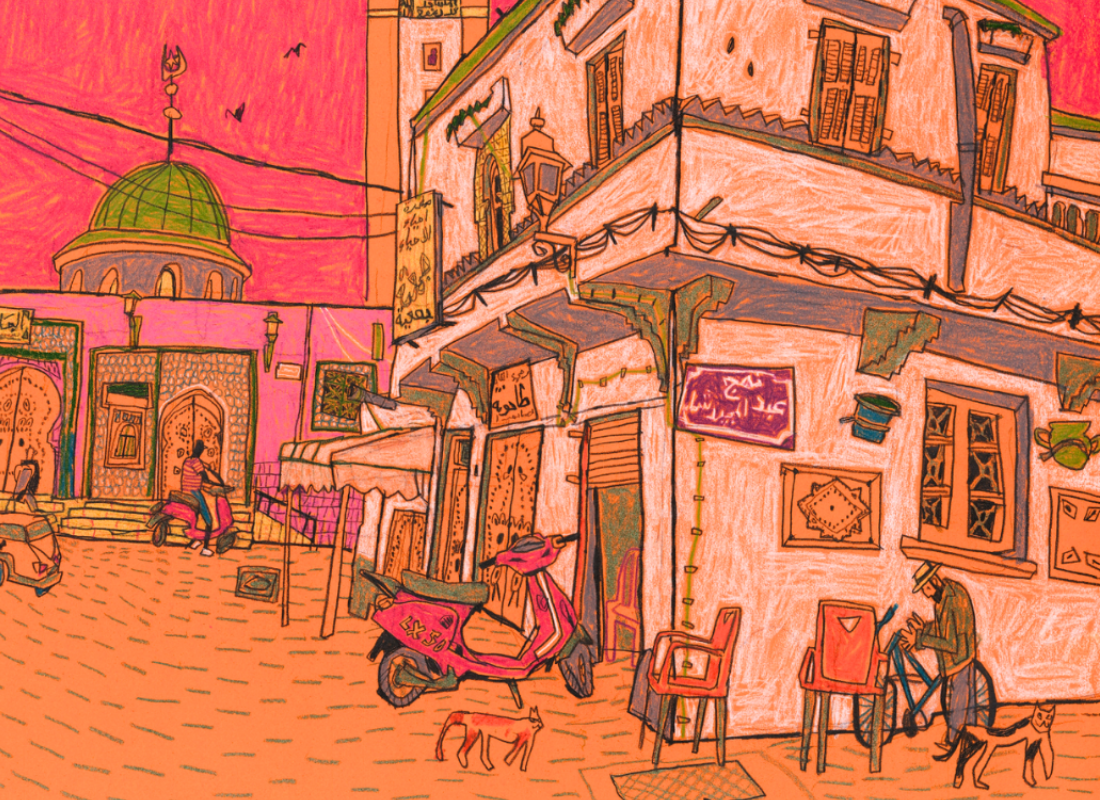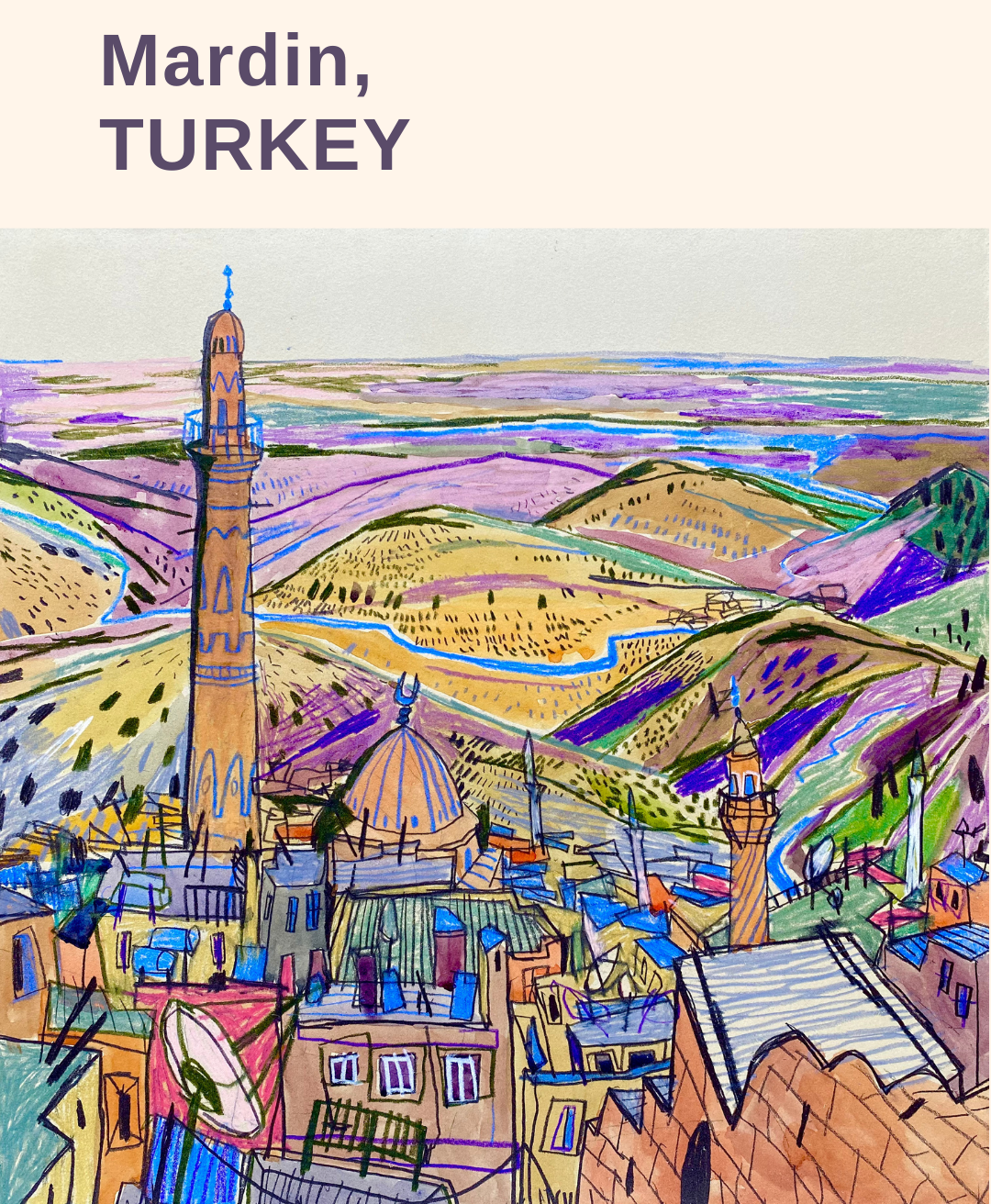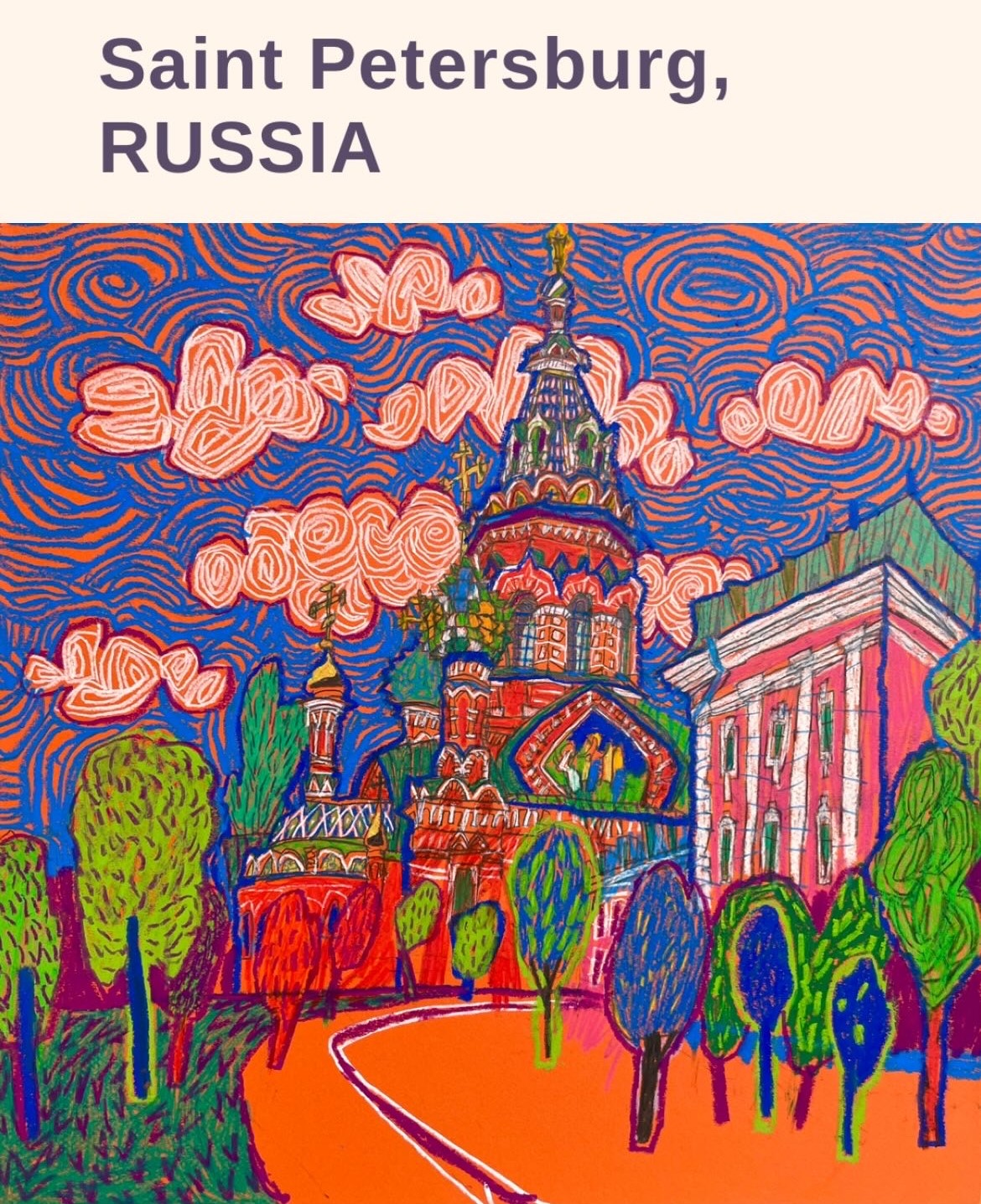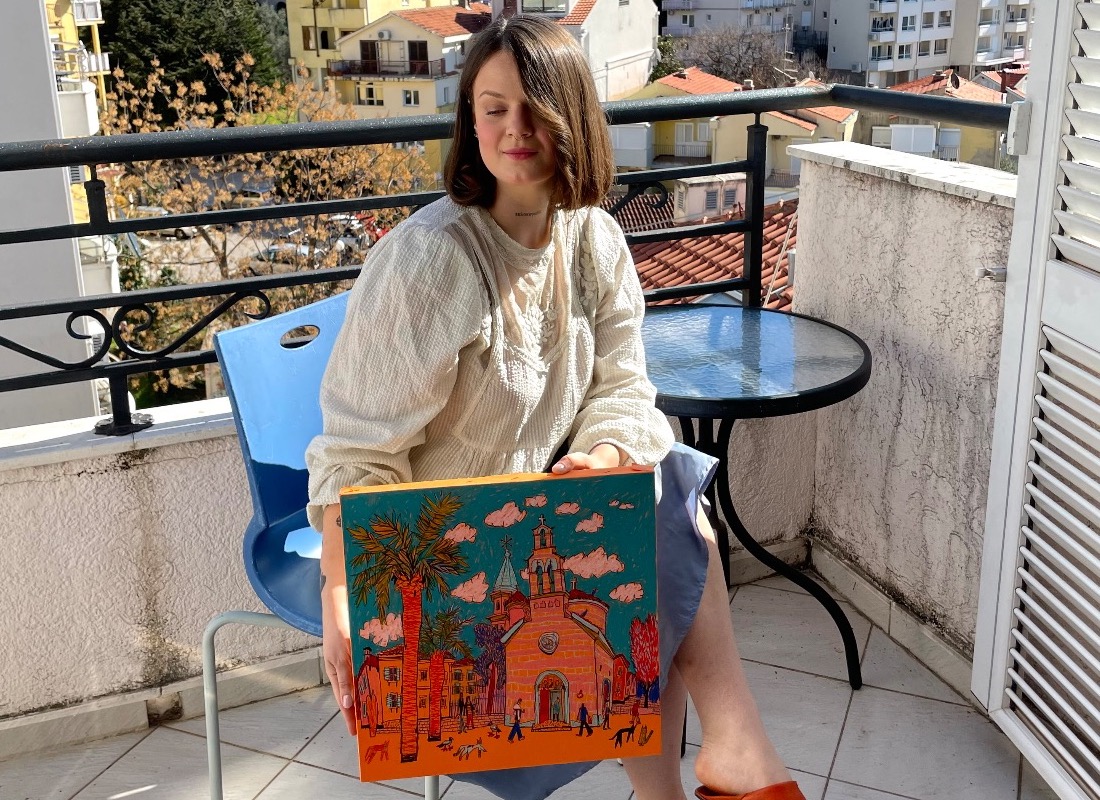
Anastasiia Sotnikova is a Russian artist who fled her country to travel the world creating art. Currently based in Turkey and with nearly forty thousand followers on Instagram, Sotnikova discusses her journey as an artist, the impact of Russian art education on her work, and how she uses her materials and colours for self-expression. While her views are specific to her experiences, they resonate universally. As a writer, I can relate to the emotions of being told your work is no good. For Sotnikova, that’s what keeps her going.

Rhea: Talk to me about your use of materials. How do they influence you, and do they change with your environment as you travel?
Anastasiia: I only use pencils on paper, typically watercolour or basic colour pencils, often the ones meant for children. Many people ask about the exact colours or shades I use. The truth is, I usually just pick up what I can find around me. It's what I do with them that matters more.
I've visited many museums and seen the works of famous artists, but my main inspiration comes from Moscow and St. Petersburg, where I am from. Russian graphics, especially from the 19th and early 20th centuries, inspire me the most. Stanislav Nikireev, who also studied at the Surikov Art Institute in Moscow, is a great inspiration. Although he worked mainly with etchings, which is very different from my art, his en plein air works with colour pencils inspired me to try the medium. Despite being allowed to travel only as far as Uzbekistan, his works from there have constantly encouraged me to challenge myself and grow. I keep a folder of his work on my iPhone and when I feel satisfied with my work, I scroll through them only to remember, there is still a long way to go.
Rhea: I am curious to know more about your relationship with etching and the institute where you studied in Russia.
Anastasiia: I am actually a little traumatized by etching. Art education in Russia takes almost six years, which felt very long to me. I dropped out after two years because I found it monotonous and repetitive. In those two years, we studied etching, lithography, and linocut. My parents set up a big studio for my etchings because my father had also studied etching when he was young. My main issue with etching was how much time it took. I was always excited about it since I grew up with the medium around me. However, my professor had very fascist ideas and seemed to dislike me from the first day, possibly because I am partially Jewish. He always said I was the least talented art student he had ever met.
I'm not offended now, but it’s important to understand that many teachers like him are in Russian art schools, especially when I was studying. In general, Russians don't know how to give compliments; their way of teaching is to put you down.
What doesn’t kill you makes you stronger. All those words are now my strength.
Rhea: Can you talk about your use of colour and coloured paper in your work? Do they portray your emotions?
Anastasiia: At the art fair I’m currently participating in, I've noticed how bright the acrylic works are. My colour pencils can never be that bright, but I’m trying to incorporate new, vivacious colours as much as possible. Russia is very grey, with nine months of winter and three to four months of minus temperatures, especially in central Russia where I grew up. Perhaps that’s why I am so attracted to colour. In Russian classical art, they should teach you to mix colour and express emotions with it, but mostly they teach you to create reserved, grey-brown pieces. I remember painting a still life of a bright blue vase in class and being questioned about why it was so bright.
It took me a long time to let go of the voice from my classical education that told me to avoid colour. Since then, I have followed my instincts, whether it’s a pink sky or green grass. If Matisse and Picasso could do it, surely I can too? The countries I travel to are so lively and full of colour that sometimes just colourful buildings and a blue sky aren’t enough. I need my skies to be colourful too.




.0af71f.jpg)
.ec8cc4.png)